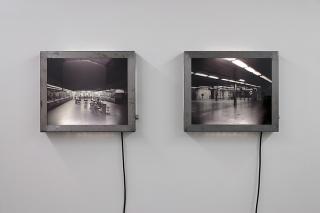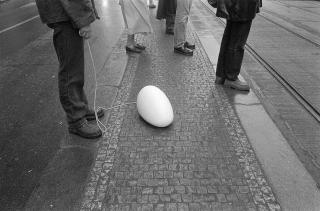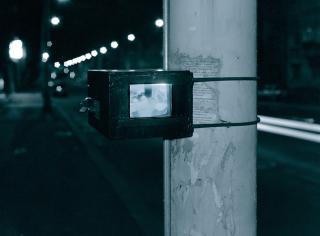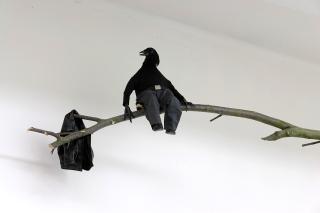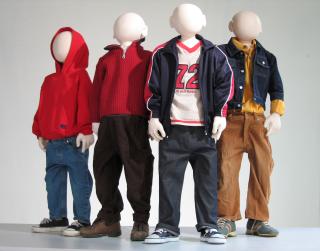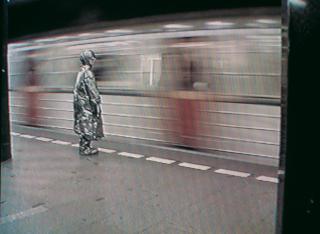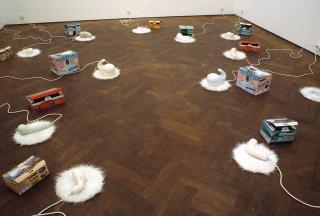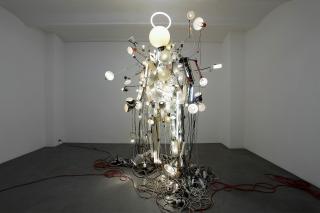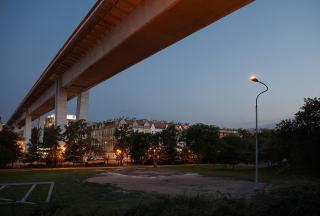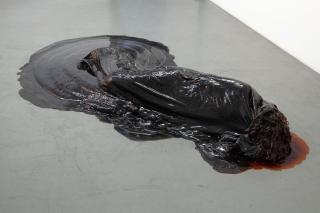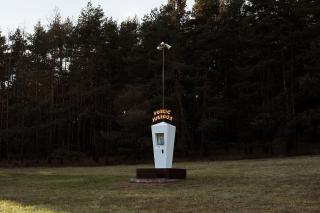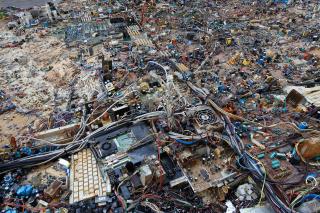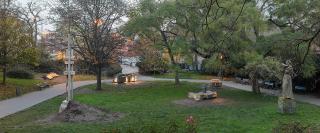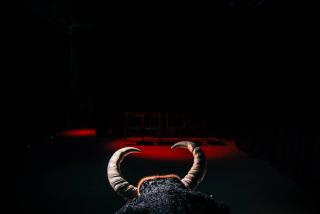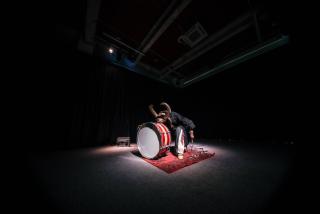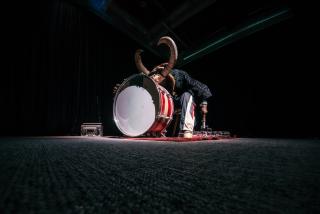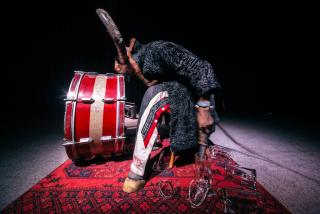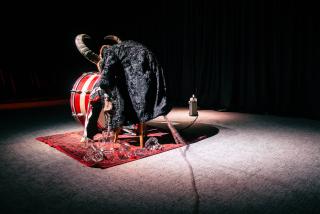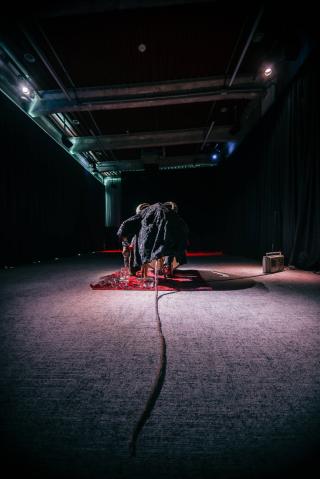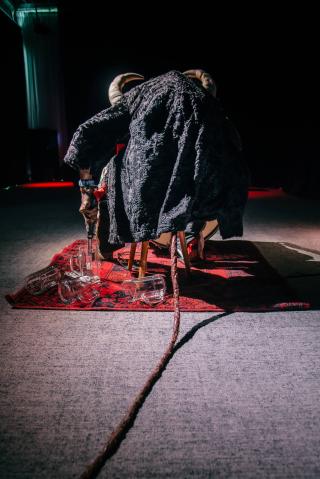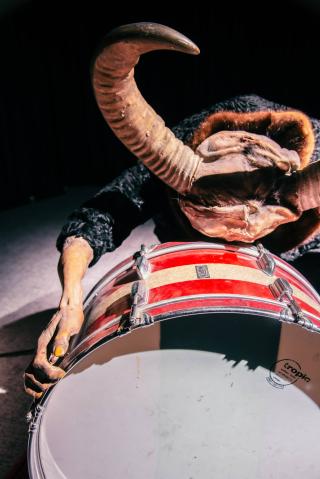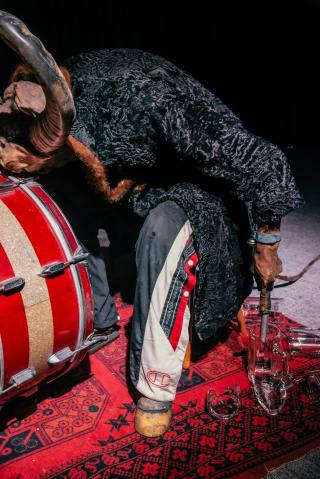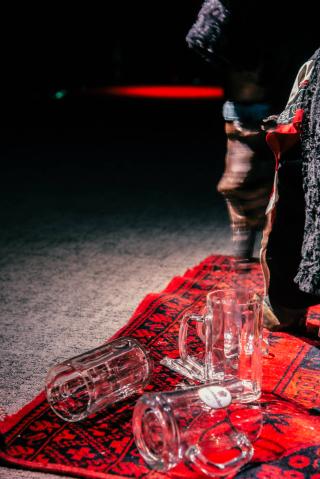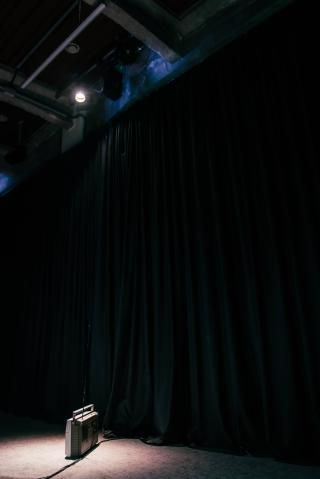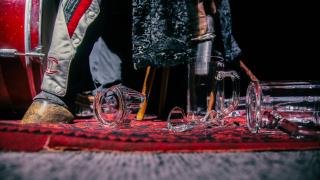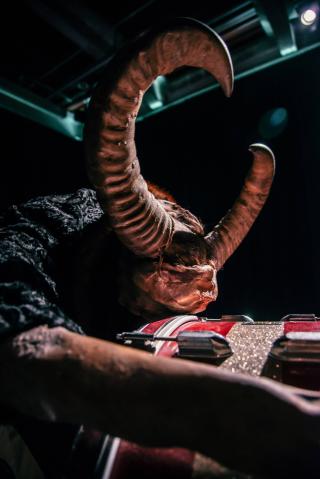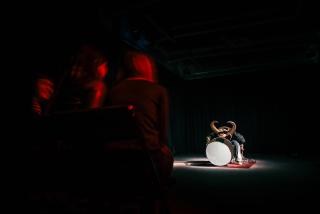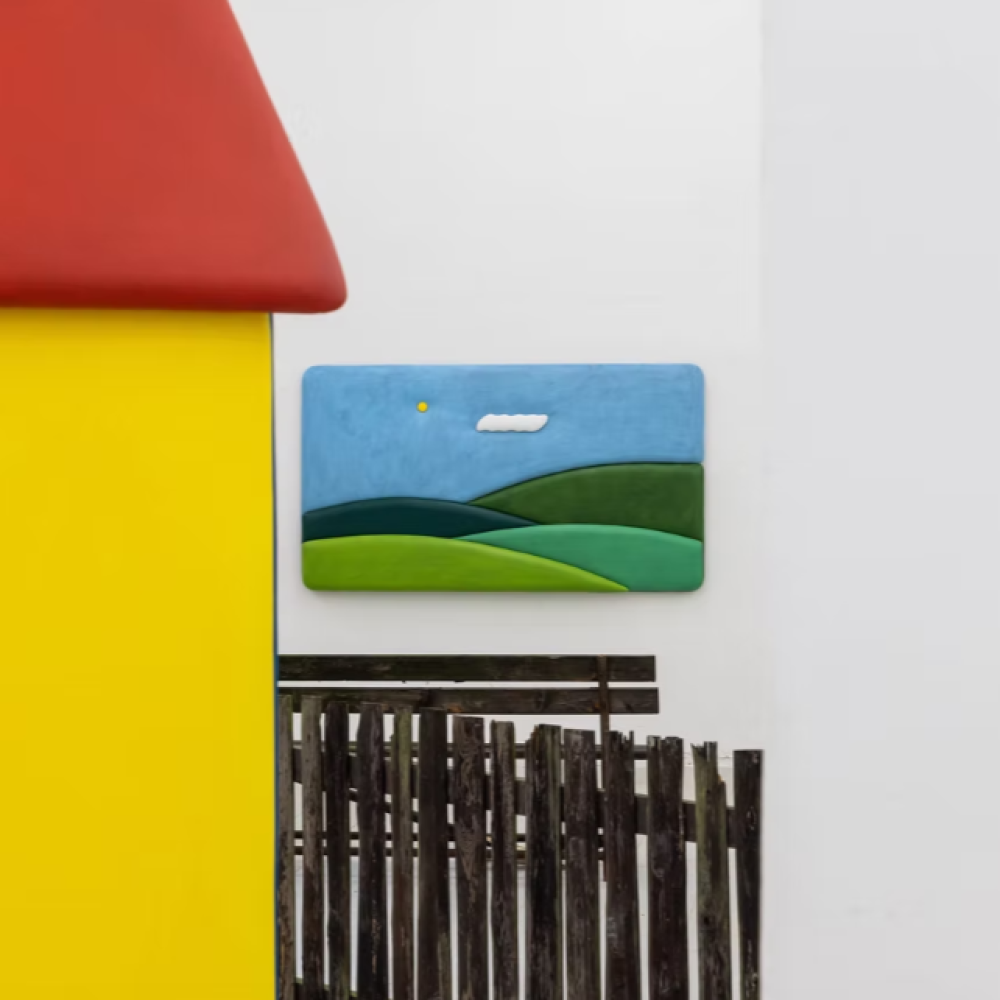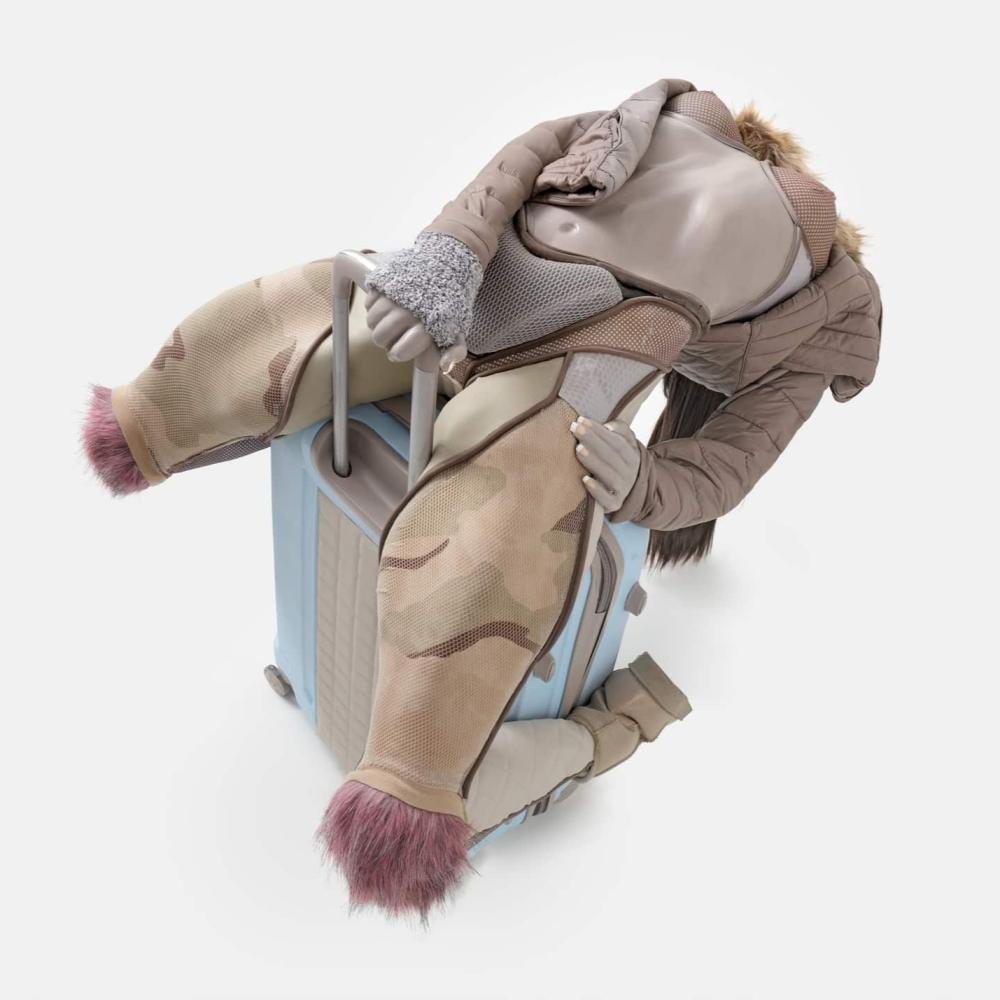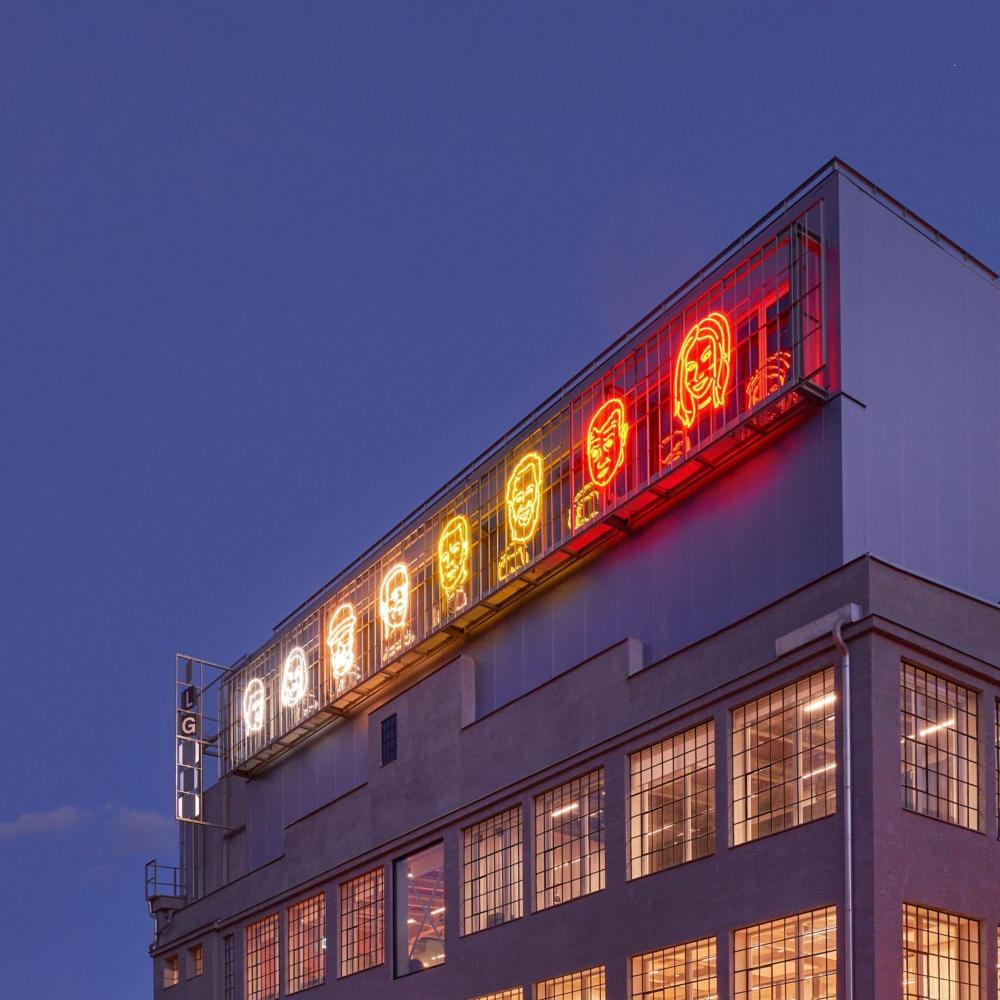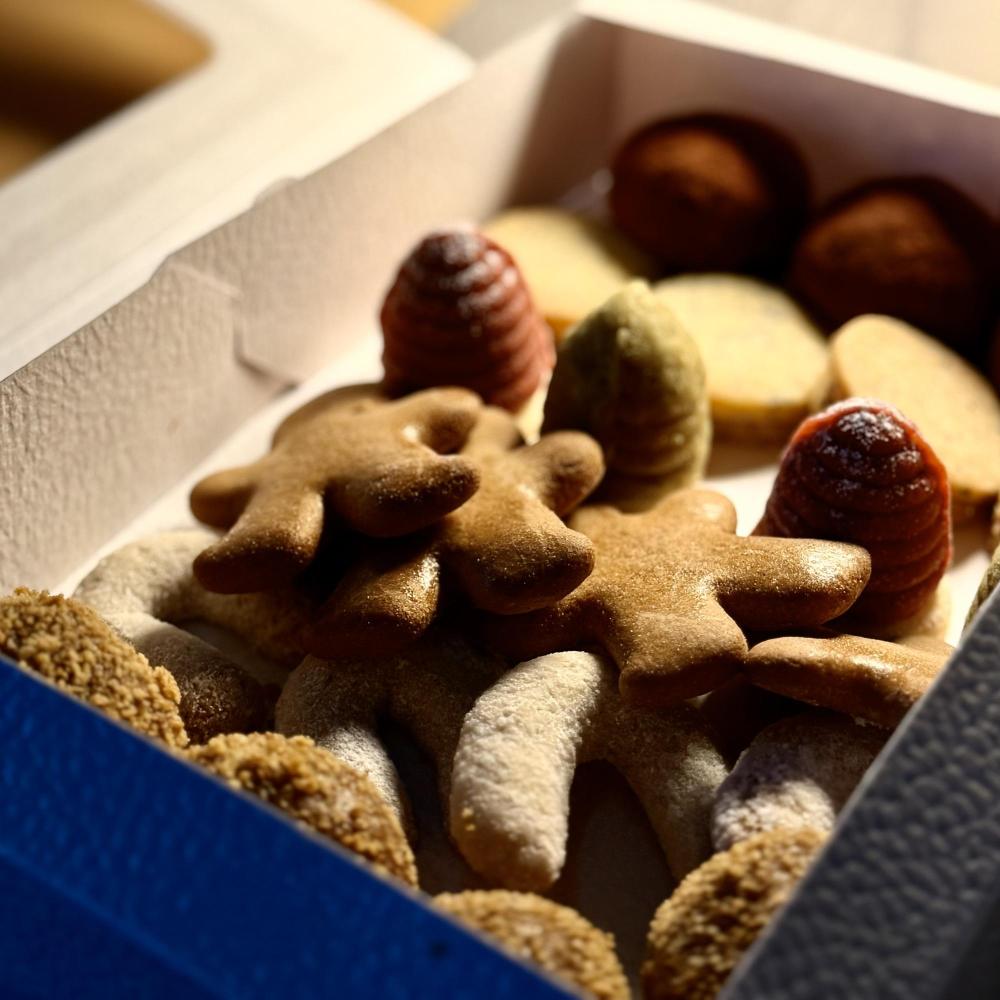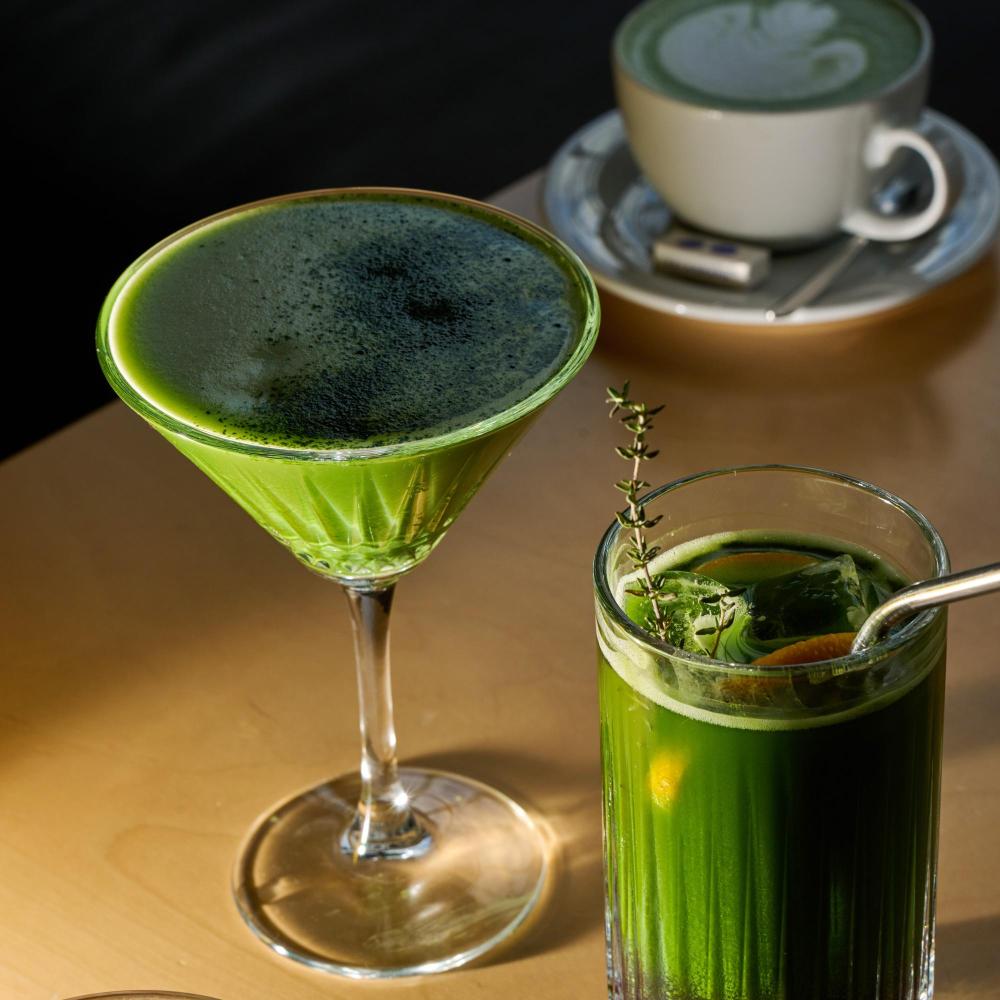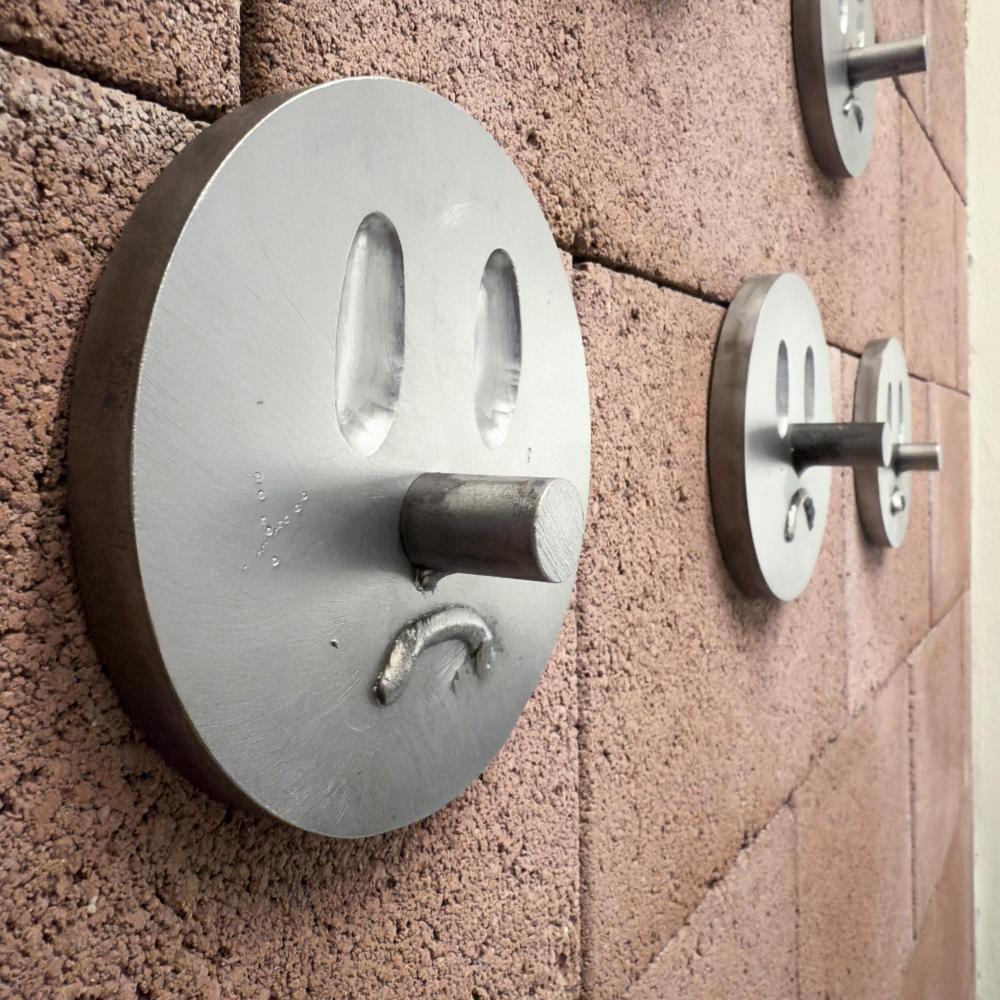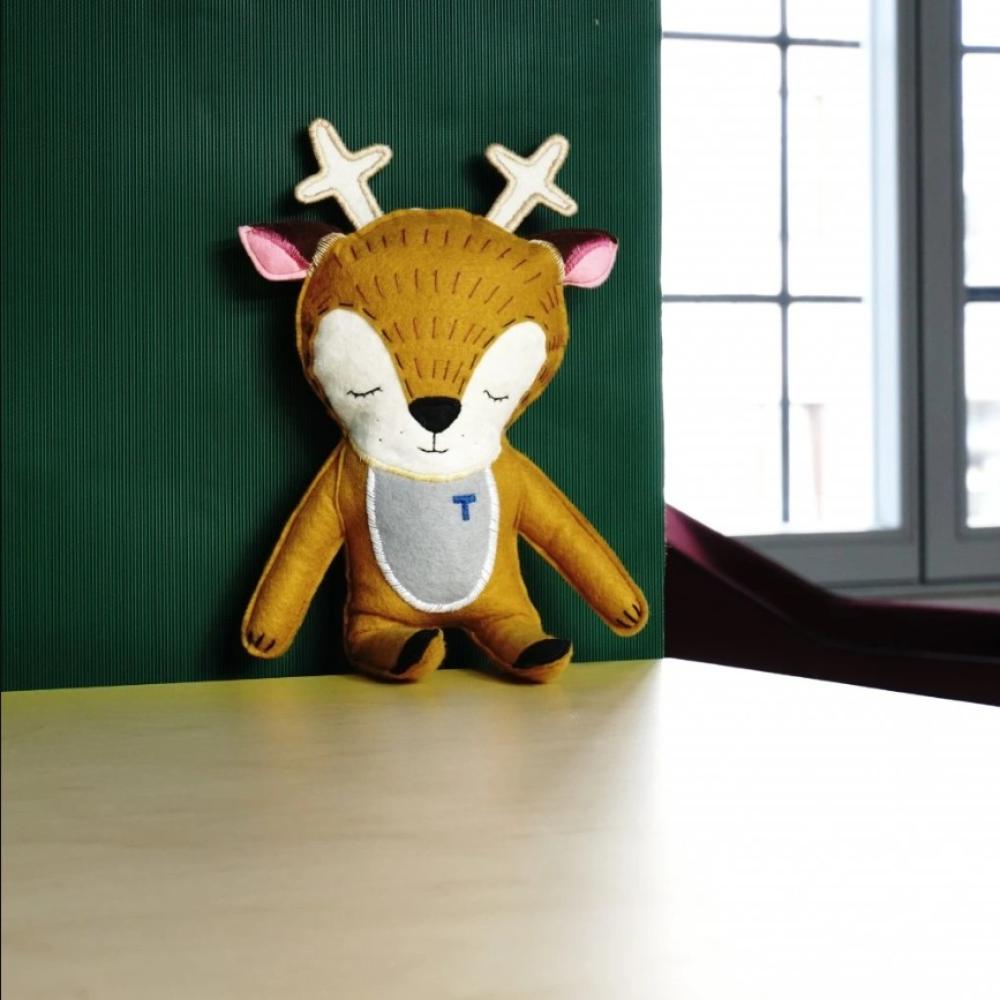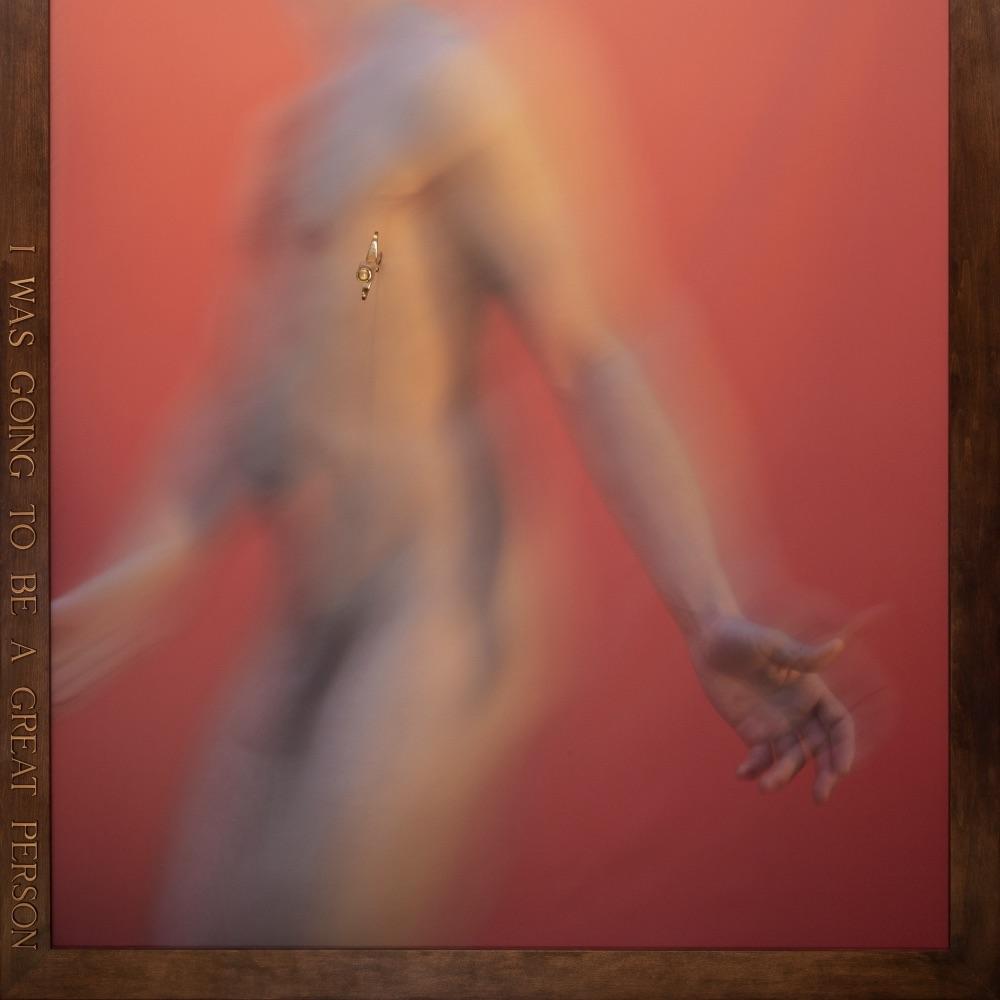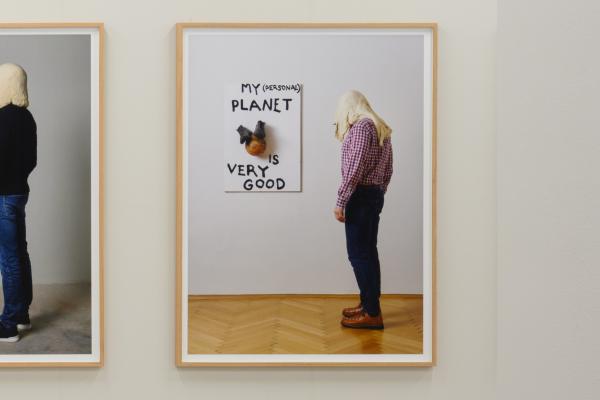
The scope of Kinter's artistic expression goes far beyond what would allow him to be labeled merely as a sculptor. In his postmodern practice, he draws on a wide range of approaches, styles, and above all materials that reflect the era we live in. He works with waste materials, with everyday objects, audio and video recordings, as well as various forms of lighting. He studied at the Academy of Fine Arts in Prague with Jiří Lindovský, Aleš Veselý, Michael Bielický and Milan Knížák, and later pursued postgraduate studies at the Rijksakademie van beeldende kunsten in Amsterdam. He has been nominated for the Jindřich Chalupecký Award three times.
Kinter's early work is witty and sarcastic. The social sphere of life was important to him and he was interested in the interconnection of opposing realms - personal and social, inner and outer, empty and filled. He reflected this in About us without us (1996), when he installed a sound recording in the empty space of the metro at Náměstí Míru, sound that he had previously captured during peak operation. The empty space thus gave the illusion of being populated, even though no one was present. He used the same approach in the main hall of the central post office building in Prague. At the same time, he began questioning the role of the gallery as a kind of temple for artworks, a space where we go to encounter art. He wondered what would happen if he took art out of the gallery, on the other hand. And so the work It (1996) was created, a small, egg-like object on tiny wheels for moving. All Kintera had to do was attach a leash and start moving the "egg" around the public space. Their final destination was an exhibition at the gallery where the journey began. He addressed social issues in Live Broadcast (1998), where he broke down the boundaries between the personal and the social. In the neighborhood where he lived, he installed a screen on a streetlamp, broadcasting a live feed of his private life to passers-by for an entire month.
Also typical for his work are mechanical talking puppets, such as the talking raven I see, I see, I see (2009), which preaches about morality, or the series of dolls Talkmen (1999-2003), featuring child-sized figures. One of the dolls was exhibited in Signal II at the Telegraph Gallery. These puppets raise various questions, which consistently point toward ecological and ethical concerns. Kintera gave his own digitally altered voice to their blank, anonymous faces. Between 1995 and 1998, he also created the installation Plumbuman, The Plumber.
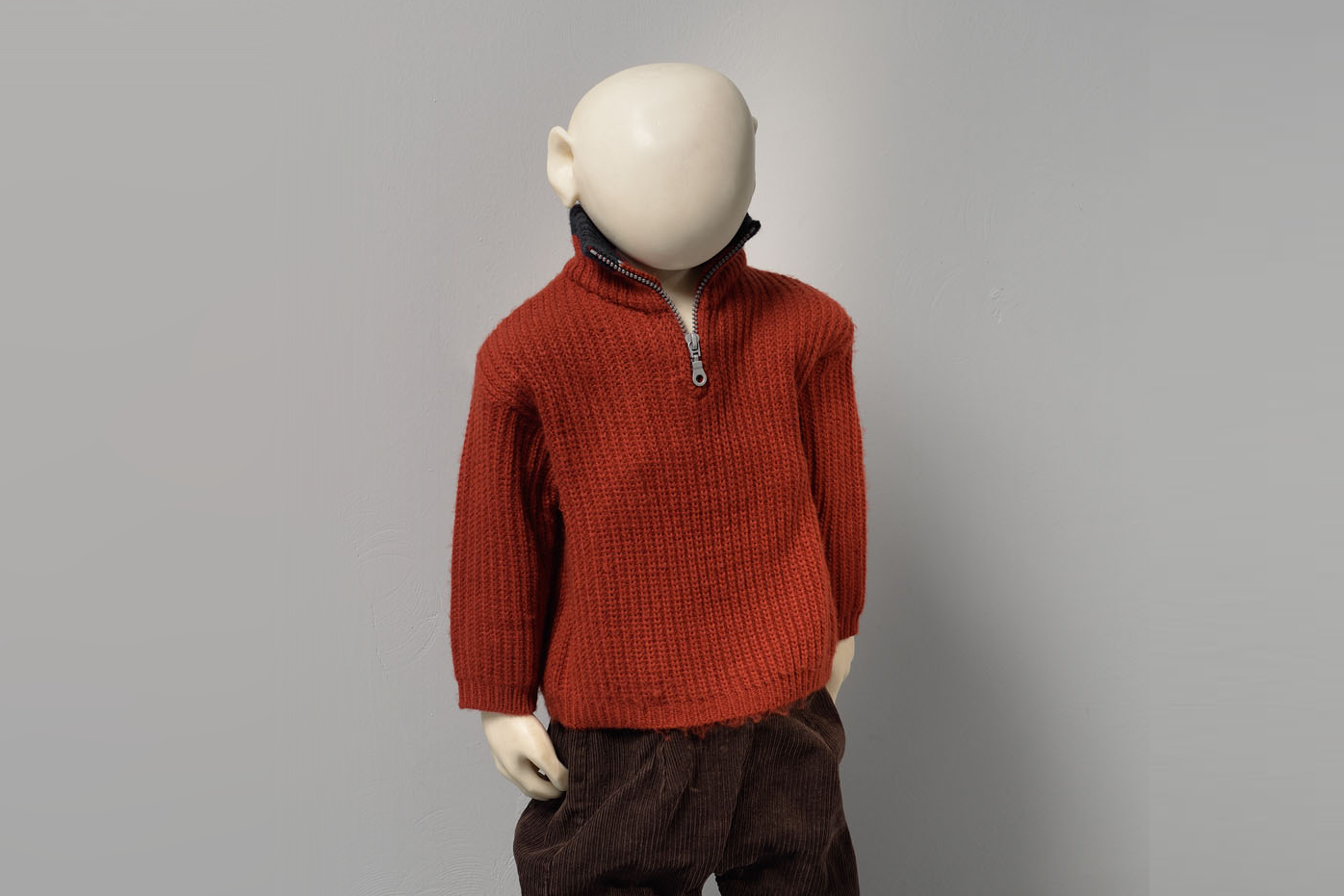
Talkmen (1999-2003)
In the late 1990s, Krištof Kintera began to explore environmental and existential themes, such as commerce, consumerism, human energy consumption, and how we engage with it. He started using plastic everyday items, waste, electrical appliances, balls, and lamps in his work. These objects were connected through magnets, lights, and fans, gaining new dimensions through unexpected combinations. In Appliances (1997-98) he created twenty-seven models of household appliances designed to do absolutely nothing. The idea was to make them look good and designer, yet be entirely useless and energy-consuming. He displayed these objects in a shop to observe how many people would buy such a product. He further demonstrated the waste of electricity in My Light Is Your Life (2009), a monumental figure made of domestic lamps. When plugged in, it consumes a huge amount of electricity, and it is completely unnecessary. Another light-based piece, Of One's Own Volition -Memento Mori (2009-11), was created under Prague’s Nusel Bridge as a tribute to those who decided to end their lives there. A simple street lamp in the installation doesn't light the area below but instead shines upwards, toward the bridge and the sky. His ecological stance is also reflected in All My Bad Thoughts (2009). He created a figure lying on its side, slowly dissolving in a pool of oil as a metaphor for fossil fuels, which originate from the decay of living organisms.
In 2011, he revisited the animated puppet format with Bad News. The devil plays a drum and listens to a depressing avalanche of news about disasters happening in the world from the radio. Just like in the 1990s, his work still remained engaged with public space. He created the work One Euro Public Jukebox (2013), installed on the former site of the Gottwald Memorial. This allowed the visitor to choose a soundtrack that played across the entire square. After that, the jukebox permanently settled in a meadow near the village of Hrachov near Sedlčany, where its public impact diminished.
In 2017, Kintera scaled up his work with Postnaturalia, an installation twenty-five metres long and twelve metres wide. This was made up of cables from appliances, mimicking natural root system, giving rise to several species of pseudo flowers. The exhibition at the Rudolfinum in Prague in 2017, entitled Nervous Trees, was also a huge success. It was the gallery’s 100th exhibition and drew more than 160,000 visitors, the highest number ever for a living Czech artist. The show combined his trademark use of waste materials and electronic parts with themes of artificial vs. natural landscapes. One room featured an artificial garden, complete with synthetic flowers and a floor covered in mechanical parts, creating a striking contrast. A standout piece was a pyramid made of used washing machines, symbolizing the burden of consumerism.
In spring 2022, Kintera’s iconic Plumbuman, The Plumber stirred debate in the art world. The sculpture as an allegory of a communication-overloaded world, which is in the Collection of Robert Runták, was scheduled to appear in Heroin Crystal, an exhibition at the Prague City Gallery exploring Czech art in the 1990s. However, gallery director, Magdalena Juříková, rejected the piece due to its owner, Robert Runták, who also heads a bailiff office in Přerov. The Prague City Gallery thus made its position known. This decision raised concerns about censorship and whether excluding such a pivotal artwork compromises the historical narrative. Kintera expressed regret over the situation, though his kinetic sculptures for children—Talkmen, known for their unsettling questions—were still included.
In February 2022, Kunsthalle Prague opened with the exhibition Kinetismus. Later that year, Kintera added an outdoor installation to the adjacent park: seven concrete miniatures of late-20th-century Prague buildings, many of which had been demolished in an effort to erase communist-era architecture. These models transformed into brutalist sculptures made from cracked concrete slabs serve as a reminder of the fragility of cultural memory. Their scale and lighting contrast with the nearby 1958 statue Girl with a Dove by Václav Šimek. The installation featured replicas of the Hotel Praha and the Central Telecommunications Building in Žižkov, among others.
Kintera’s most recent major Czech exhibition was How Can I Help You? at Prague’s DOX Centre for Contemporary Art in 2023. One section featured nearly 400 three-dimensional drawings, as the artist himself calls them. It is not traditional sketches, but collages made from everyday items and text, set against a white background. Through these, Kintera conveyed his reflections on the contemporary world. The second part of the exhibition titled Apotheca. A poetic installation in which he placed human emotions into jars, bottles, and industrial containers, allowing visitors to connect with the feelings most relevant to them.
In 2023, a short-term pop-up exhibition by Kintera, entitled The Telegraph Cinema, took place at Bad News, which featured a work of the same name from the Robert Runták Collection, and currently his work entitled MY (PERSONAL) PLANET IS VERY GOOD is part of the photography in the Game Owner exhibition at the Telegraph Gallery. This work appears in a photograph by Danish conceptual artist Søren Dahlgaard, part of the Dough Portraits project, which features collectors with dough on their heads, posing with their favorite artworks. The same piece was also featured in the DOX exhibition.
